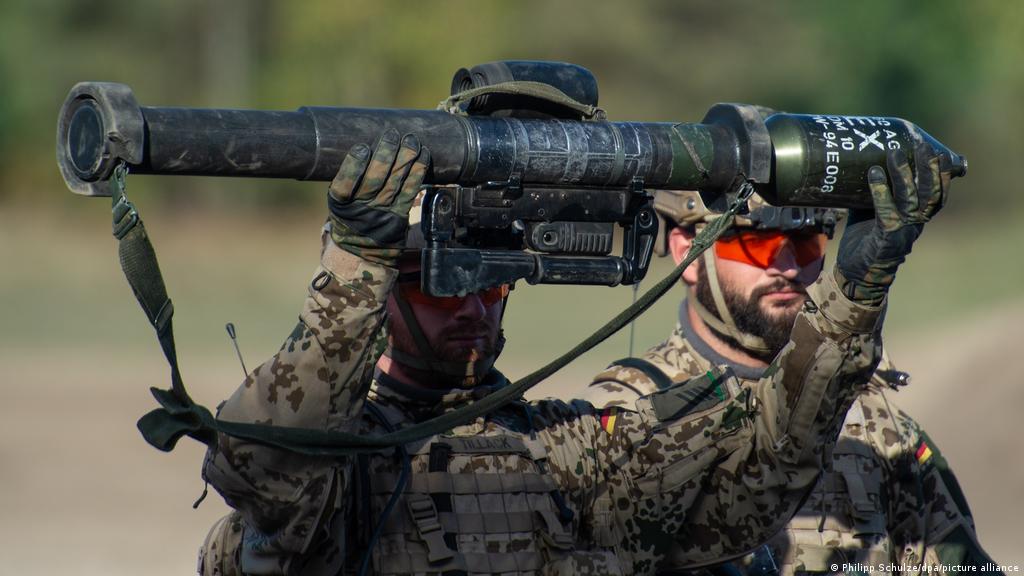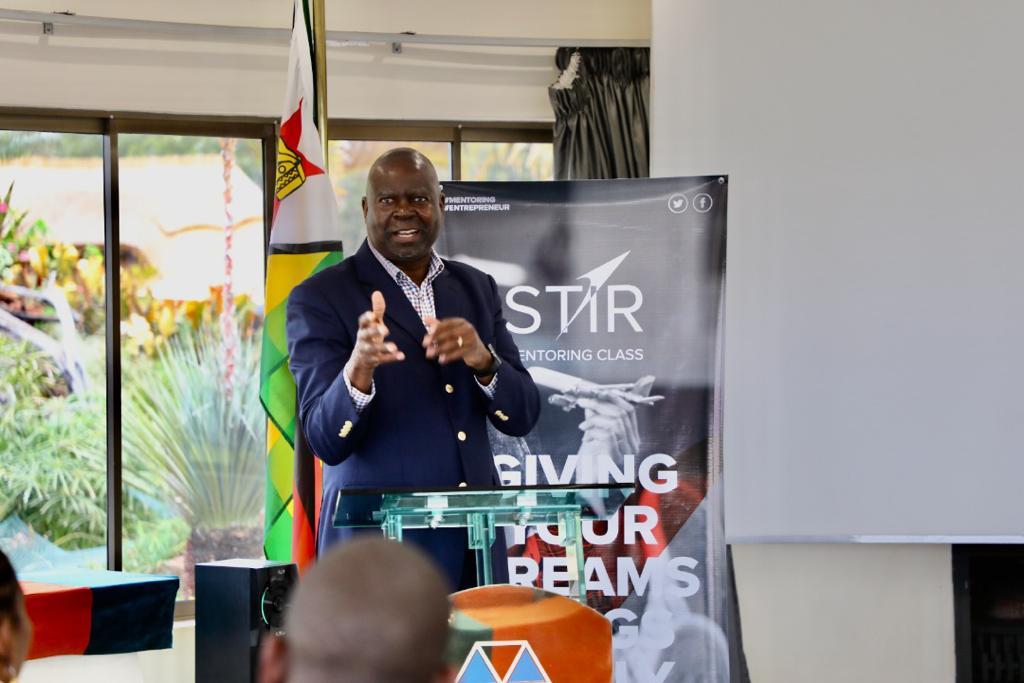
ZIMBABWE is going through profound and unprecedented multiple crises and each one of them is simultaneously broadening and deepening. Professor Steve Hanke of the Cato Institute tells us that Zimbabwe is the first country in the 21st century to hyperinflate.
The last official inflation data were released in July and stood at 231 million % but at the beginning of October Hanke put it at 516 quintillion % (516 followed by 18 zeros) and said it was the second worst in history.
The recent deadly cholera epidemic is the most visible symptom of comprehensive institutional decay but there are many other invisible epidemics that tragically and daily afflict virtually every sector of the Zimbabwean society.
Two thousand and eight was a watershed year in many respects. First, it signalled regime rupture and the breakdown of Zanu PF’s hegemonic stranglehold on Zimbabwe politics.
It also gestured the beginning of the decomposition of Zimbabwe as a de facto one party-state, which the country has been since Independence when Zanu PF systematically embarked on the fusion of the ruling party with the state.
With each passing year the line between the party and the state grew thinner and thinner until at the time of the March 2008 elections the two were hardly distinguishable.Â
In fact, the difficulties attendant on the September 15 Interparty Political Agreement —— also referred to as the Global Political Agreement (GPA) —— hinge on this structural reality that for the GPA to be operational, it demands an effective divorce between Zanu PF and the Zimbabwe state. Disentangling Zanu PF from the state is part of Zimbabwe’s agonising and protracted transition; it’s no easy task.
- Chamisa under fire over US$120K donation
- Mavhunga puts DeMbare into Chibuku quarterfinals
- Pension funds bet on Cabora Bassa oilfields
- Councils defy govt fire tender directive
Keep Reading
Allied to the above point is another cardinal fact which is that March 29 confirmed a massive swing in political allegiance away from Zanu PF to the two MDC formations.Â
The latter now control the lower and more powerful House of Assembly albeit with a wafer thin majority. The opposition forces also captured a majority of the local council seats triggering considerable — but as it turned out premature —— jubilation among those keen on regime change via the ballot box.
Then all hell broke loose and many Zimbabweans experienced a Hobbesian moment where life is solitary, nasty, brutish and short.
The results of the presidential election were indeterminate, prompting a run-off election that was mired in unprecedented political violence and intimidation that prompted the withdrawal of Morgan Tsvangirai from the race leaving the other contender, incumbent Robert Mugabe, as the only candidate and winner of that blood-stained June 27 run-off election. Â
The March harmonised elections were held against the background of a year-long Sadc political mediation process whose flagship but unstated aim was to unblock Zimbabwe’s blocked democracy by creating conditions auspicious enough for free and fair elections and whose result would be beyond dispute.
The elections failed to settle with any finality the question of who should legitimately reside in State House.
What the ballot box failed to settle Thabo Mbeki sought to deliver via the Sadc dialogue process whose first fruit was the Memorandum of Understanding on July 21 followed two months later by the September 15 landmark political settlement.
Again, many people celebrated this momentous development, and again, this proved premature. Since then, developments have tragically moved in the wrong direction, that of the incipient Somaliarisation of the country.
The year 2008 was therefore one of sharp contrasts. It began with most Zimbabweans euphoric about the prospect of regime change via the ballot box, a trust (misplaced it turned out to be) in the supremacy of the ballot over the bullet.
The litmus test of a mature electoral democracy is when the bullet supports the ballot and is not a substitute for it. In the ugly inter-election period (between April and June 2008), the bullet was not only in competition with but sought to supplant the ballot.
For this and other unsavoury reasons, and to many Zimbabweans, 2008 was the nastiest year since Independence. Will 2009 be nastier? What does 2009 portend for Zimbabwe?
The starting point is that Zimbabwe is in transition; a difficult, precarious and unsteady transition from the present regime type to another. The embodiment of this transition is the Interparty Political Agreement which has just been gazetted as part of Constitutional Amendment No. 19 (CA19).
To the extent that CA19 seeks to remake Zimbabwe politically by reconfiguring power, the IPA is a regime change mechanism.
A regime is essentially a set of rules of the game and in this case the IPA is about the rules of the political game through which the three political gladiators seek to remake Zimbabwe in their image.
More significantly, the IPA is not about the end-state but is a framework that facilitates and guides the motion from one dispensation (the present) to another. So, it is a transition instrument, and that places Zimbabwe firmly in the category of countries in political transition but a transition that has many difficult though not insurmountable barriers.
As we storm into 2009, a prognosis of what is in store for Zimbabweans may be in order.
Will the IPA survive the increasingly inhospitable political environment and the vicious reaction of the state to real and perceived threats to national security? What will Zimbabwe be in 2009? The Zimbabwe situation is and will be very fluid and jelly-like in the short term.
One thing for sure is that Zimbabwe will remain on a transition path for the simple reason that the transition that was triggered by the March 11 2007 events is irreversible and unstoppable.
At best, it can be slowed down which is what both Zanu PF and MDC-T are doing through their stalling tactics and as part of their brinkmanship.
However, the speed of the transition and its sustainability will depend largely on the configuration of power in Zanu-PF and MDC-T in the next few weeks. Both parties are populated by hawks —— hardliners who are keen on sabotaging the IPA but for different reasons —— and doves or softliners who would like the normalisation of the abnormal and anarchic situation in the country.
There is tension between the two tendencies in each party (but especially in Zanu PF) and which of the two tendencies emerges triumphant in the gladiation for supremacy will very much determine the fate of Zimbabwe in 2009 and beyond. The future of IPA itself will rest on how the above tension is resolved.
What is also starkly evident to most fair-minded Zimbabweans is that the electoral route is an unviable and thorny route.
Fresh elections are clearly not an answer under present conditions, conditions that over the years have produced elections without choice. Can anyone who is anybody seriously envisage elections with choice in present-day Zimbabwe? Who would benefit from such pre-doomed and vacuous elections? In short, it would be a reckless path to take.
In any case neither Sadc nor the African Union is likely to endorse another electoral contest that is likely to re-enact the bloody inter-elections saga without resolving the legitimacy question with any finality.
My prognosis is that 2009 will witness a firmer political transition away from resilient authoritarianism and towards democratic opening. Further, I see no other vehicle for this than the Global Political Agreement.
It is an instrument —— albeit a second-best instrument —— for unblocking Zimbabwe’s blocked democratisation. It is on the basis of this that I am in the optimistic camp. Whatever lies in the womb of 2009 is not likely to be uglier than 2008.
The real burden for 2009 and beyond will be addressing the knotty and entrenched problems associated with (1) the capture and abuse of the state by political gladiators, (2) the de-institutionalisation of state structures and institutions, (3) the militarisation of politics and society, (4) the politicisation of the military and security, and (5) the isolation and “unsplendid” isolation of Zimbabwe and the demonisation of Zimbabweans in the regional and international community.
Getting Zimbabwe back on track will be the country’s supreme challenge. It will be difficult but not impossible.
Professor Masunungure lectures in political science at the University of Zimbabwe.
BY ELDREDÂ MASUNUNGURE











